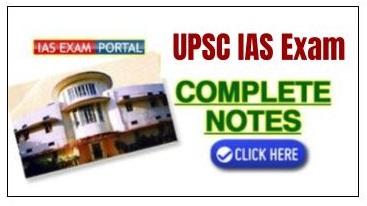(Success Story) UPSC Topper - Athar Aamir-ul-Shafi Khan
(AIR-2) 2015
 He
saw an opportunity in failure and today Athar Aamir-ul-Shafi Khan is all smiles
after securing second rank in the prestigious civil services examination, 2015.
He
saw an opportunity in failure and today Athar Aamir-ul-Shafi Khan is all smiles
after securing second rank in the prestigious civil services examination, 2015.
The 23-year-old Khan made it to the coveted Indian Administrative Service (IAS)
in his second attempt.
"I had appeared last year but my ranking was down and, therefore, I was
offered Indian Railway Traffic Service (IRTS). I joined but IAS was my first
love and I planned to to do both -- join the training and appear again."
Hailing from Devipora-Mattan village in Anantnag district, 60 km south of
Srinagar, Khan, son of a school teacher, says he became interested in joining
IAS after Shah Faesal from the Kashmir Valley topped civil services examination
in 2009.
"I did not have a great exposure to coaching classes but I was confident that
I can do it. Extensive reading and complete dedication made me realise my
dream," he said.
Besides this, he said, he always wanted to be of use to the society by being
"with the people" and doing something "for the people".
Khan, who did his 11th and 12th from prestigious Tyndale Biscoe School in
Srinagar, said he had made it to the IIT but did not join as he was offered a
B-Tech course when he wanted to pursue BE. "This also acted as a catalyst for me
to appear for the civil services and I qualified last year.
"I met Mr Shah Faesal and took his advice on whether I should join the
services. We had a long discussion and after that we arrived at a conclusion
that I should join as well as appear again.

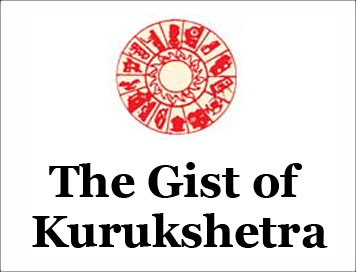
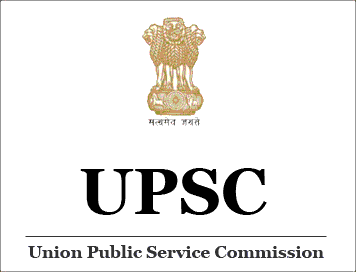
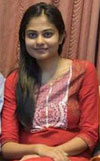 Varanasi
woman Artika Shukla, 25, made her city proud by securing fourth rank in the 2015
civil services examination in her first attempt. The results of the prestigious
and one of the toughest exams were announced on Tuesday. She is a resident of
Rohit Nagar, Naria.
Varanasi
woman Artika Shukla, 25, made her city proud by securing fourth rank in the 2015
civil services examination in her first attempt. The results of the prestigious
and one of the toughest exams were announced on Tuesday. She is a resident of
Rohit Nagar, Naria.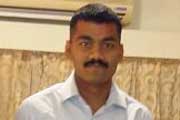 Maharashtra
topper of the Union Public Service Commission (UPSC) results -- Yogesh Kubejkar
-- has perfectly lived up to his father Vijay Kulkarni's expectations.
Maharashtra
topper of the Union Public Service Commission (UPSC) results -- Yogesh Kubejkar
-- has perfectly lived up to his father Vijay Kulkarni's expectations. Ansar
Shaikh, one among the 34 Muslims out of the total 1,078 candidates recommended
by the Union Public Service Commission (UPSC) based on the 2015 Civil Service
Examination for different government posts, is son of an auto-rickshaw driver.
Ansar
Shaikh, one among the 34 Muslims out of the total 1,078 candidates recommended
by the Union Public Service Commission (UPSC) based on the 2015 Civil Service
Examination for different government posts, is son of an auto-rickshaw driver.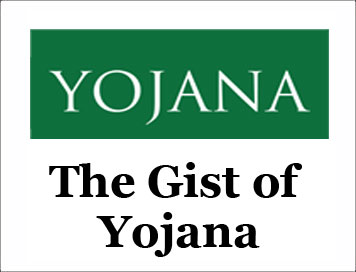
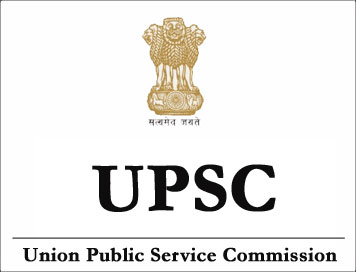
 Twenty-six-year-old
Sharanya A could have easily been an IT professional like many engineering grads
who pass out every year. But she chose not to. When she graduated from SRM
University with a B Tech in Information Technology five years ago, she set her
mind on becoming a civil servant.
Twenty-six-year-old
Sharanya A could have easily been an IT professional like many engineering grads
who pass out every year. But she chose not to. When she graduated from SRM
University with a B Tech in Information Technology five years ago, she set her
mind on becoming a civil servant.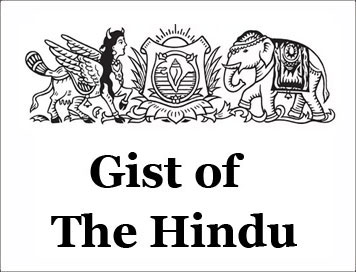

 Twenty-two-year-old
Tina Dabi woke up from a nap Tuesday evening and discovered she had topped the
Union Public Service Commission’s (UPSC) civil services examination in her very
first attempt. The rest of the evening, at the family home in BSNL Colony on
Kali Bari Marg near Gole Market in the heart of New Delhi, was taken up by
interviews to the press, congratulatory phone calls and visits from friends and
family.
Twenty-two-year-old
Tina Dabi woke up from a nap Tuesday evening and discovered she had topped the
Union Public Service Commission’s (UPSC) civil services examination in her very
first attempt. The rest of the evening, at the family home in BSNL Colony on
Kali Bari Marg near Gole Market in the heart of New Delhi, was taken up by
interviews to the press, congratulatory phone calls and visits from friends and
family.  He
saw an opportunity in failure and today Athar Aamir-ul-Shafi Khan is all smiles
after securing second rank in the prestigious civil services examination, 2015.
He
saw an opportunity in failure and today Athar Aamir-ul-Shafi Khan is all smiles
after securing second rank in the prestigious civil services examination, 2015. Disability
failed to dampen Sarika Jain’s spirit. It was her strong determination that
helped her secure 527th rank in the Union Public Service Commission examination,
the results of which were announced on Thursday.
Disability
failed to dampen Sarika Jain’s spirit. It was her strong determination that
helped her secure 527th rank in the Union Public Service Commission examination,
the results of which were announced on Thursday.